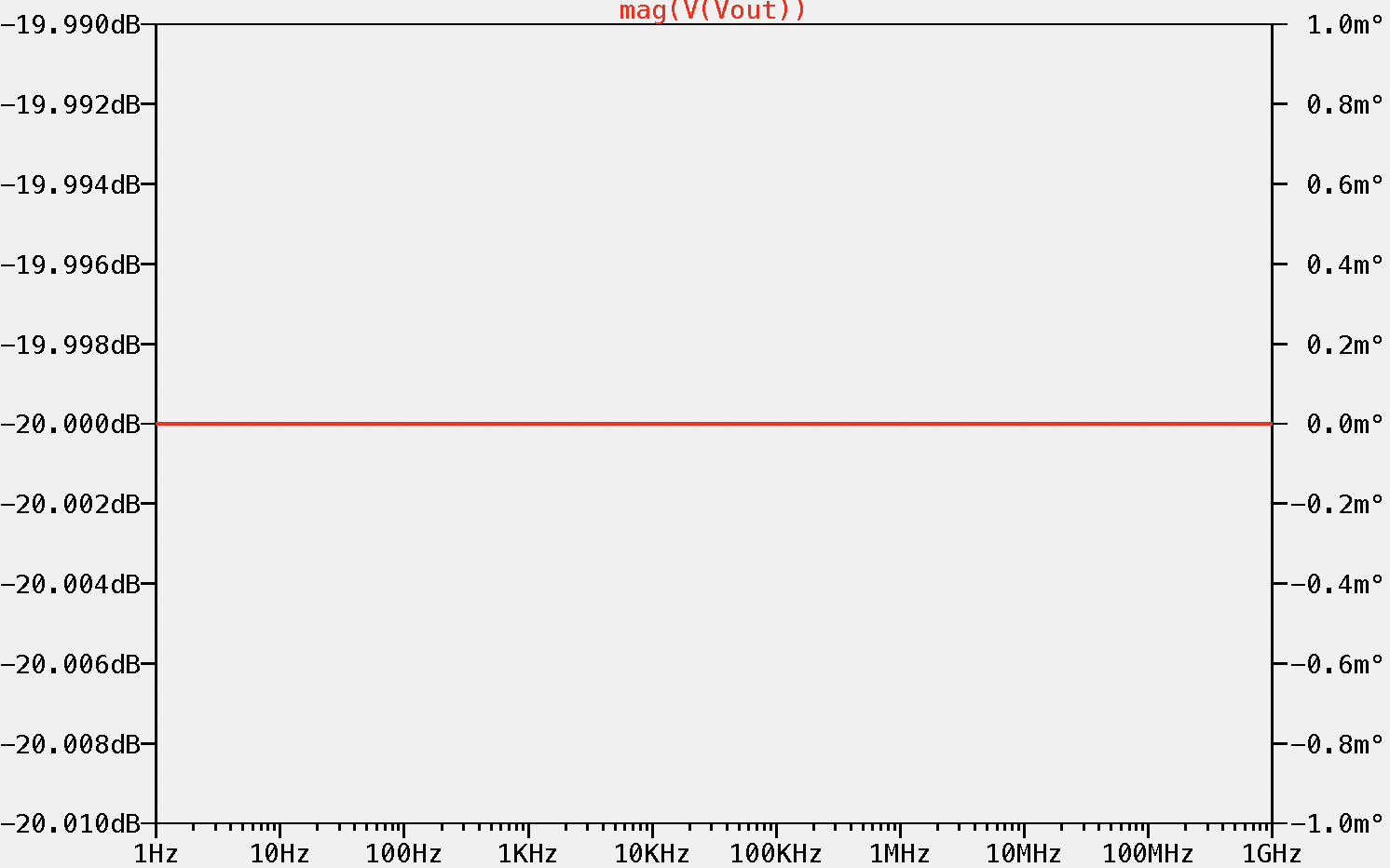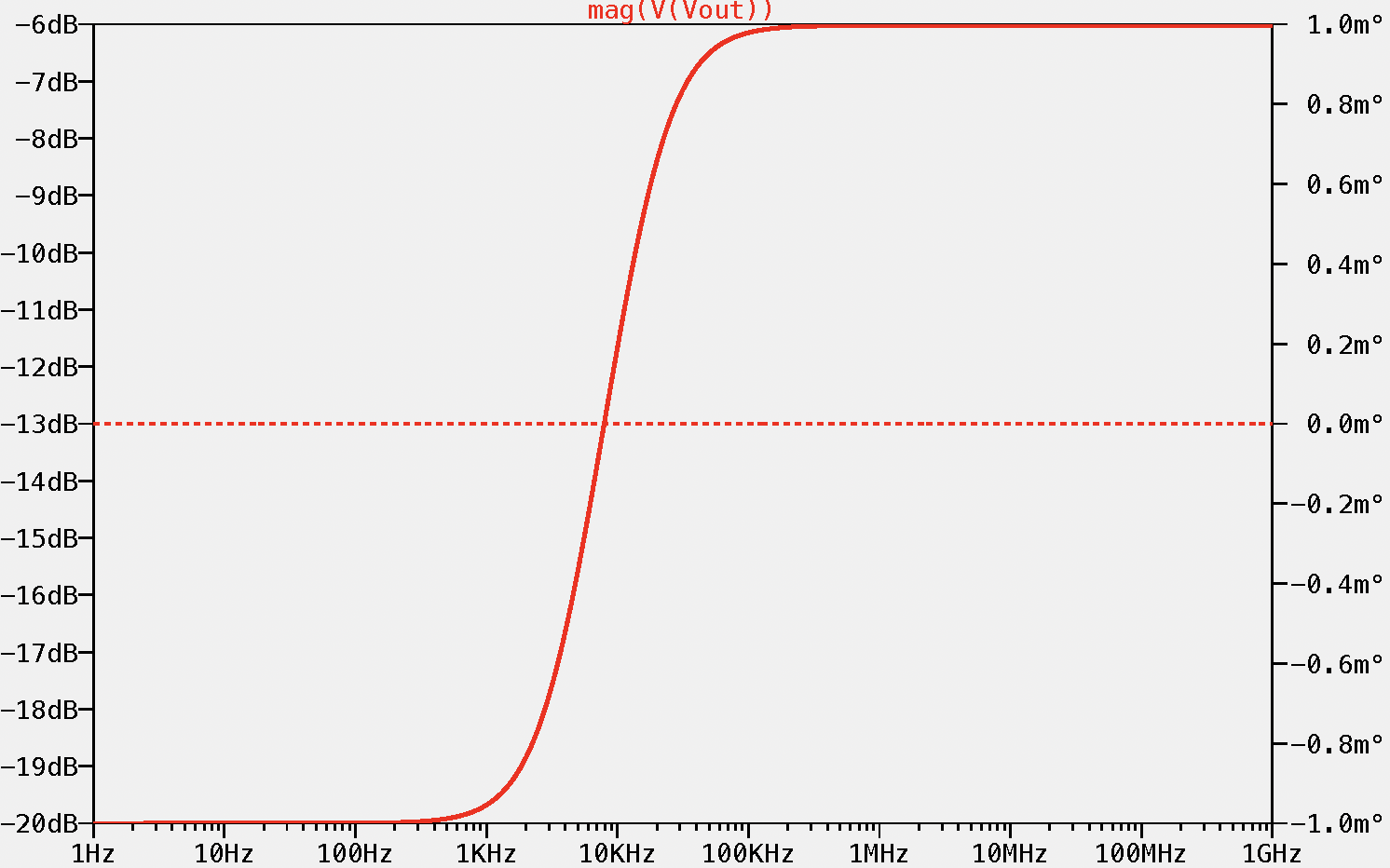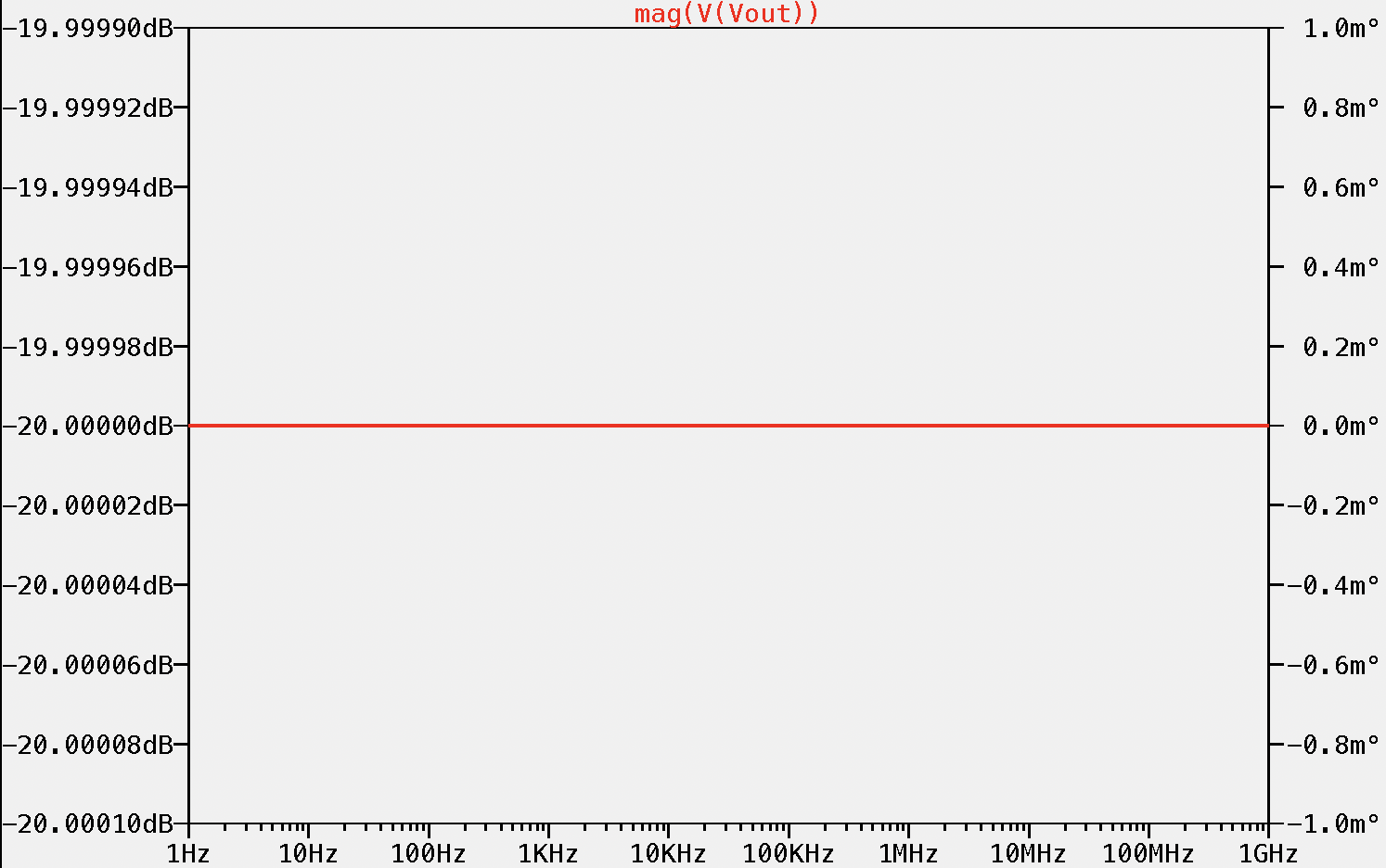These are the other projects (thanks!!) that I'll use to start:
— Craig D's project: https://hackaday.io/project/191837-pd150 (awesome project!)
— Bud Bennett's project: https://hackaday.io/project/169390-a-10x-100mhz-differential-probe
— Christoph's project (based on Bud's): https://hackaday.io/project/175351-a-1x-100-mhz-35-v-common-mode-diff-probe
— Petteri Aimonen's project: https://hackaday.io/project/181065-modular-differential-probe
 Miquel Tutusaus
Miquel Tutusaus


